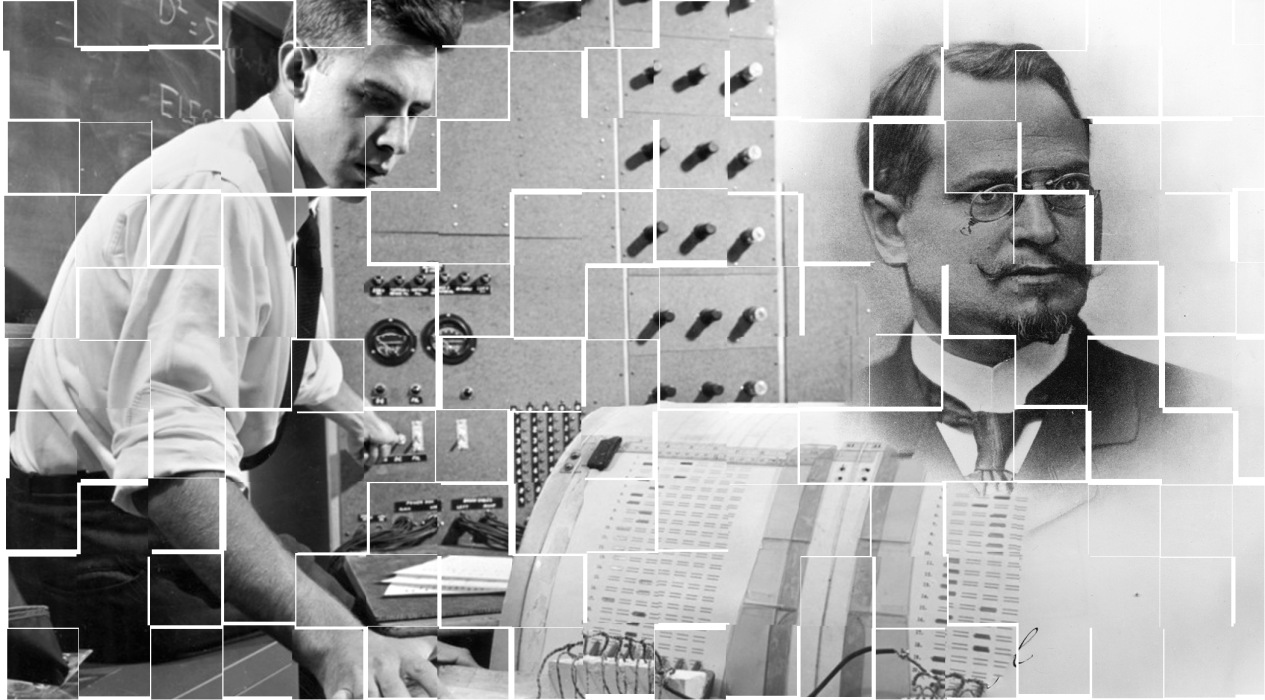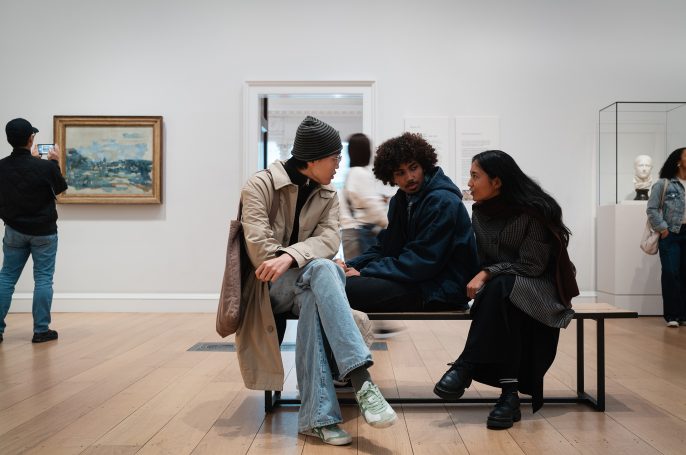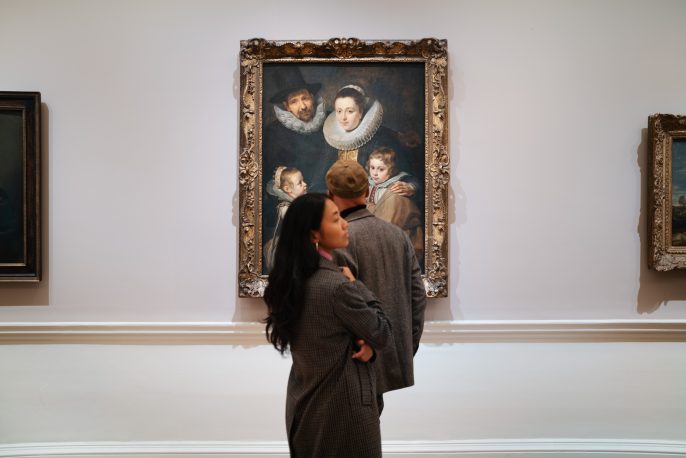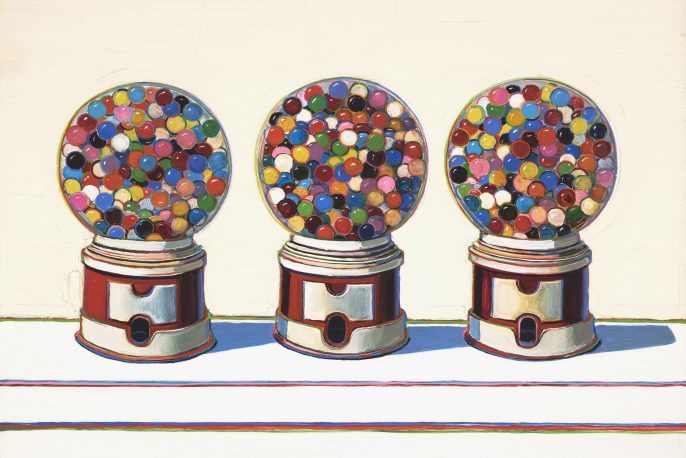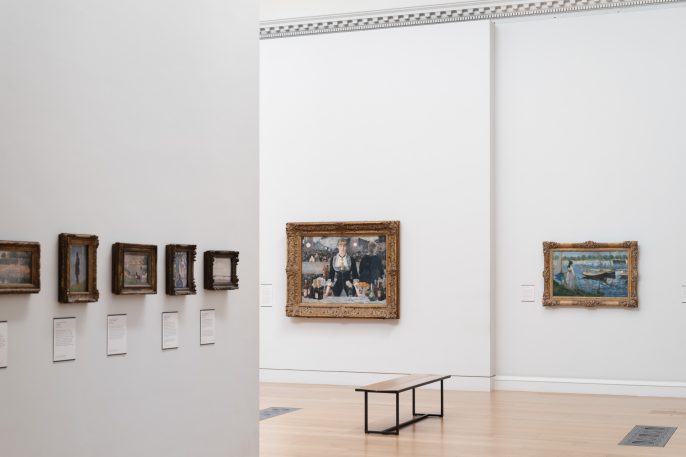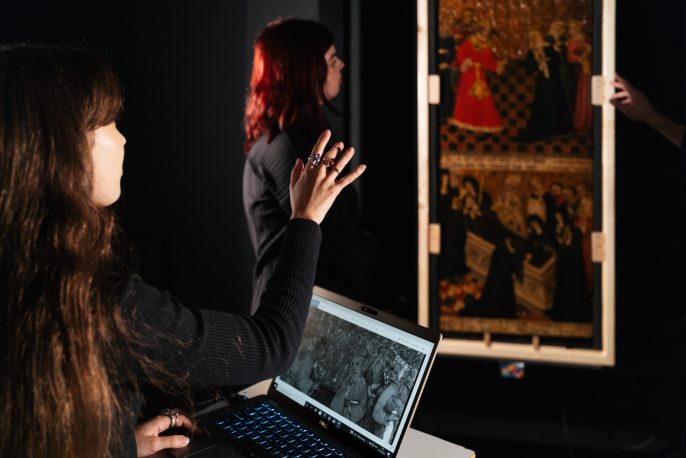Both art history and computer vision are grounded in complex historical assumptions about how images work, about their properties, about the nature of visual perception, and how technology can aid analysis. The parallel tracks upon which these assumptions travel have in recent years intersected with increasing frequency, as computer vision’s application to the study of art has rapidly advanced. The results, however, are often indebted to uncritical uses of older practices in art history, such as connoisseurship and naive formalism, with questionable utility. In light of this problem, Dr Benjamin Zweig’s lecture will examine the application of art historical methods in computer vision projects from a historiographic perspective. Beginning in the 1960s with the first neural network (the perceptron), he will explore the foundational principles behind computer vision before examining several case studies of how computer vision projects actually engage with the history of art history. In light of the promises of computer vision’s role in expanding the shape of art history, it is imperative to ask: are we really doing art history with computer vision, or simply statistics with images?
Organised by Professor Stephen Whiteman, Professor of the Art and Architecture of China, and Dr Meredyth Winter, Lecturer in Early Islamic Arts, as part of the 2025-26 Frank Davis Memorial Lecture Series, ‘ART HISTORY X COMPUTER VISION: Reflecting on the past in a digital era’.
Speaker:
Benjamin Zweig received his Ph.D. in the History of Art from Boston University. He leads digital projects at Columbia University Libraries and is a Visiting Assistant Professor at the Pratt School of Information. He previously served as the digital projects coordinator at the National Gallery of Art, Washington. He has published widely in both digital and non-digital art history, including in the edited volumes Critical Digital Art History (2024) and Moving Women, Moving Objects (2021), and in the journals International Journal for Digital Art History and Source: Notes in the History of Art.
